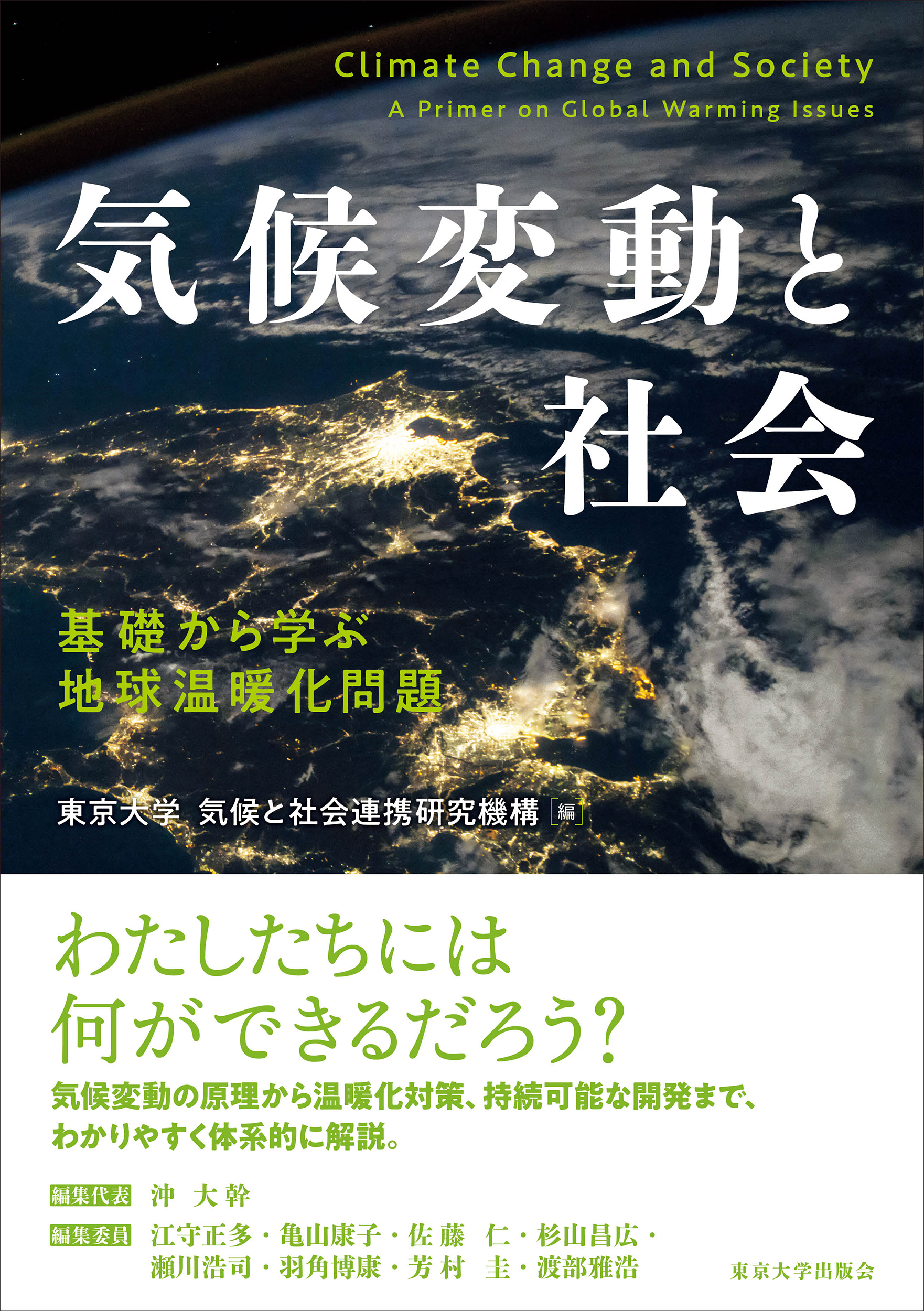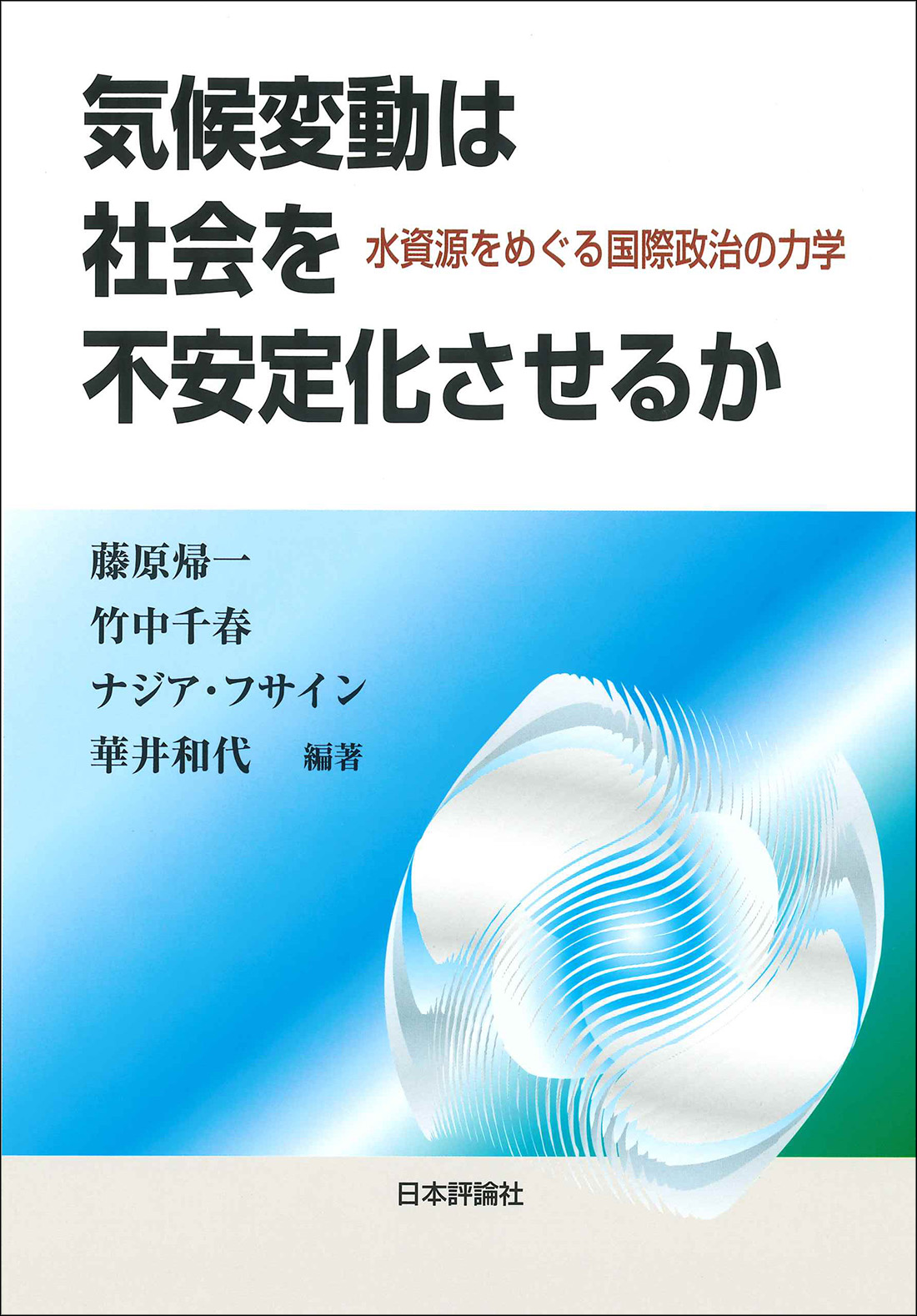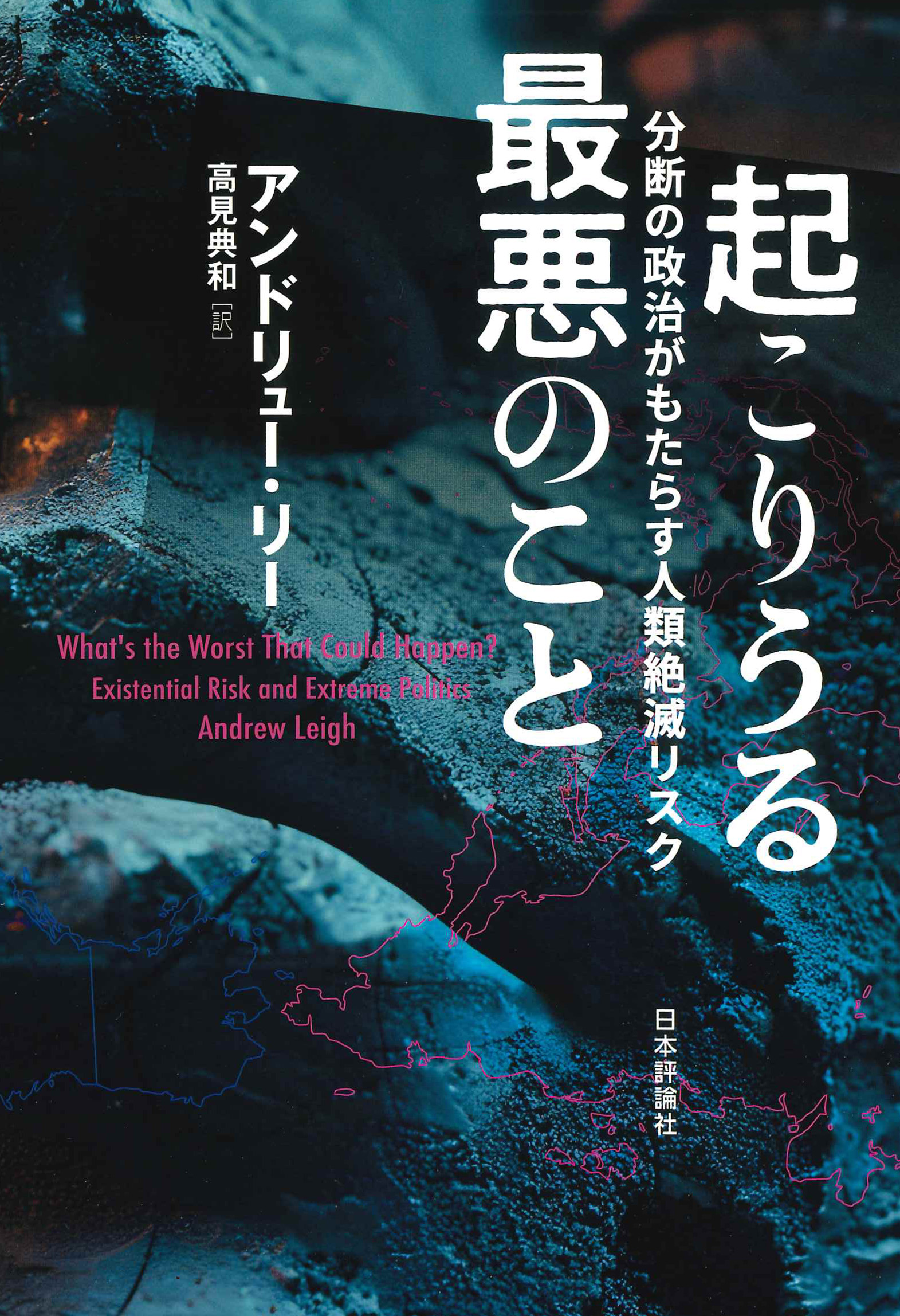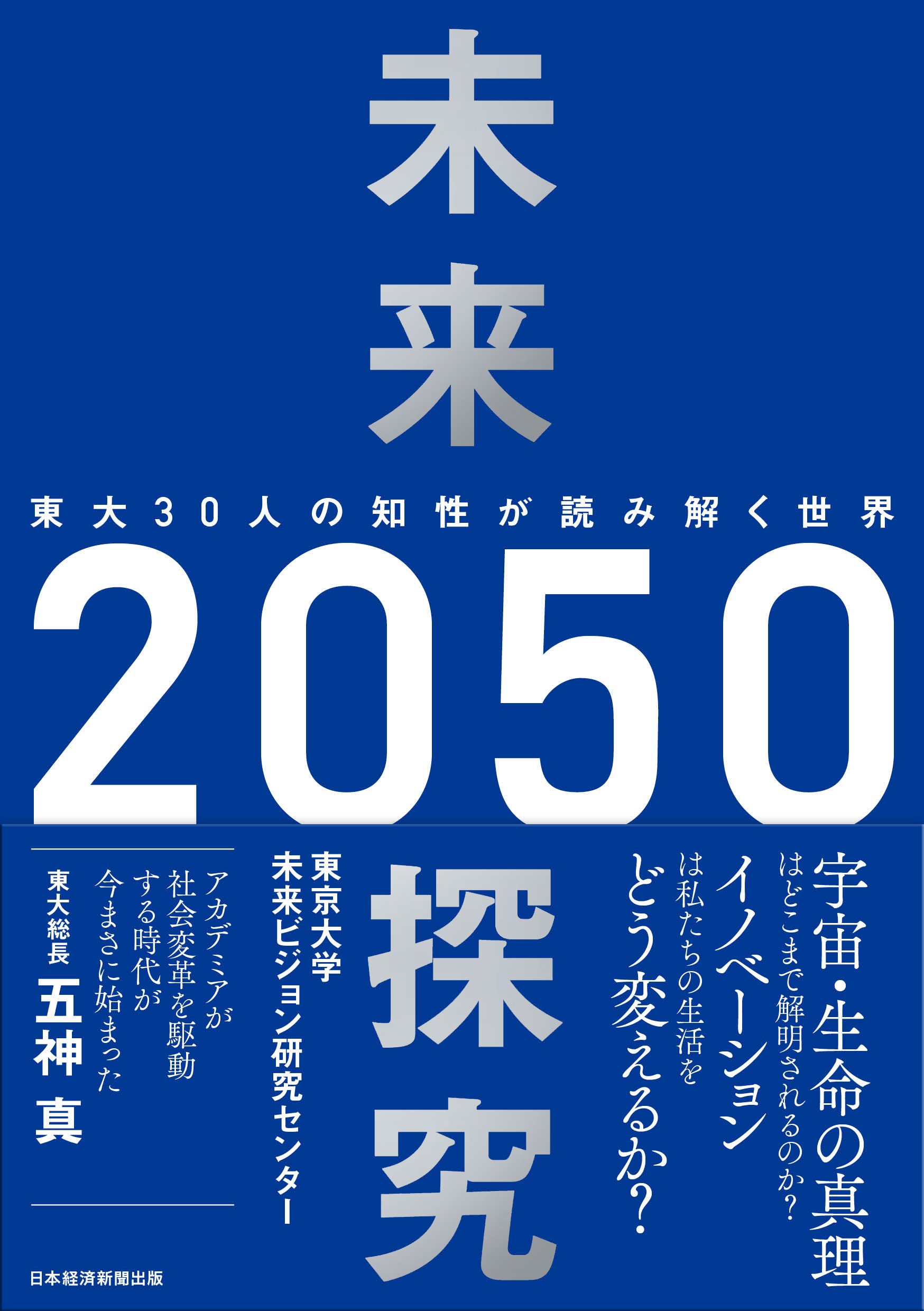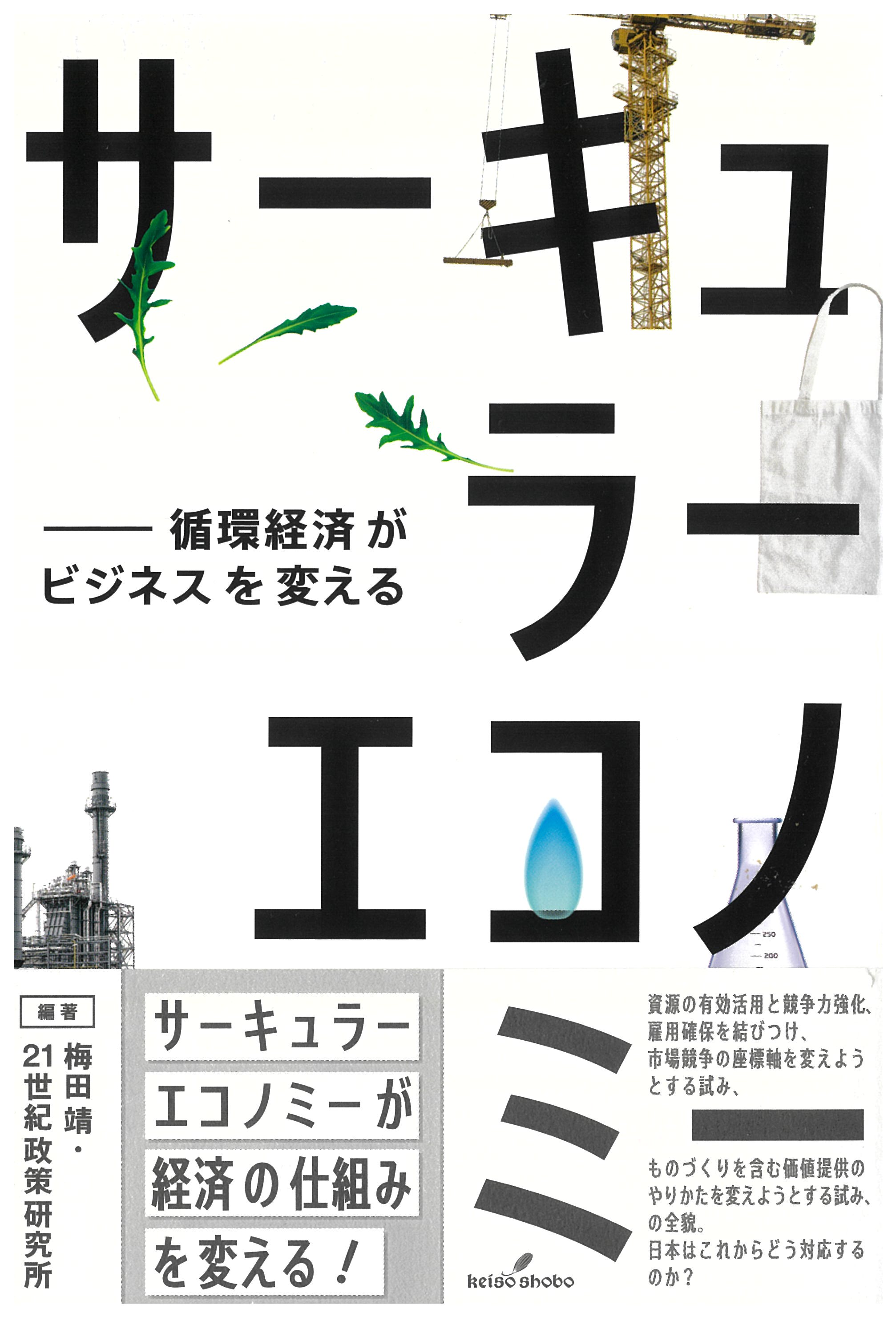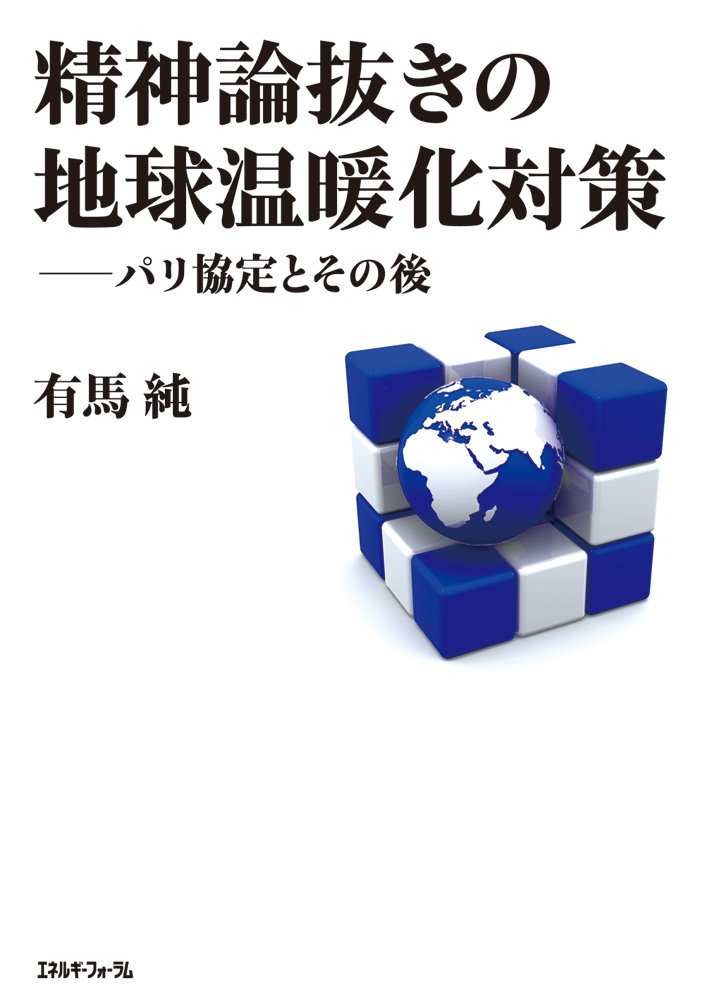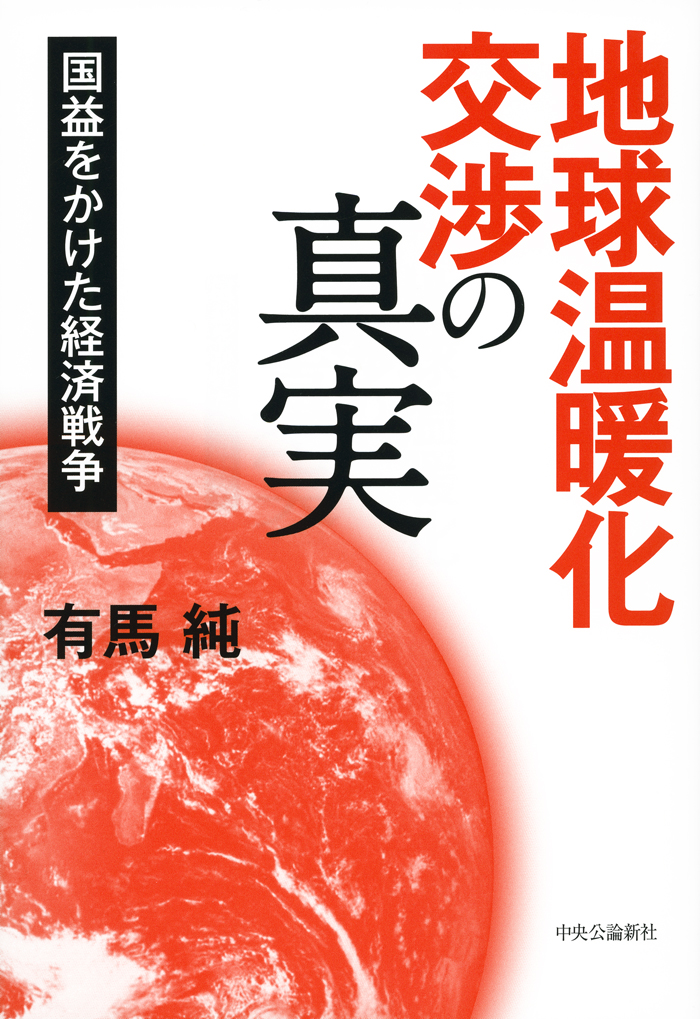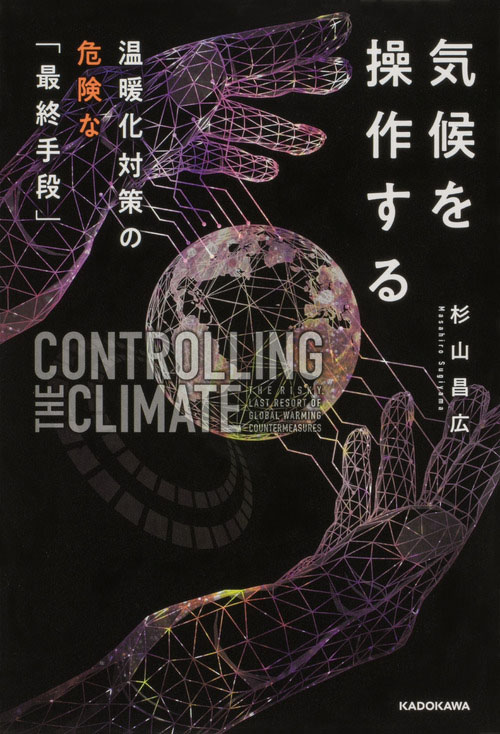
Title
Kikō o sousa suru (Controlling the climate - the risky, last resort of global warming countermeasures)
Size
240 pages, 127x188mm
Language
Japanese
Released
March 26, 2021
ISBN
9784044006112
Published by
KADOKAWA
Book Info
See Book Availability at Library
Japanese Page
Extreme heat has continued to characterize the summer of 2022, with heatwaves, and forest fires occurring worldwide. Undoubtedly, the world is not merely sitting on its hands; many countries are adopting proactive measures and industries are incorporating sustainability into their businesses. However, all these combined efforts fall far short of reaching the goal of containing the temperature rise below 1.5 °C or 2 °C, as promised in the Paris Agreement. Under these circumstances, some scholars have begun discussing climate engineering (i.e., geoengineering) or solar radiation modification.
On a technical level, solar radiation modification is not science fiction. Specifically, stratospheric aerosol injection mimics natural phenomena. There is a certain degree of scientific credibility to the series of observations of the injection of reflective material into the upper atmosphere and associated cooling, which have been triggered by large-scale volcanic eruptions that occur every few decades. Similar results are obtained in climate model studies that use supercomputers. In other words, it is possible to cool the earth. Simultaneously, it has become clear that there are side effects and risks, such as uneven cooling and the sudden cessation of cooling after excessive cooling, resulting in a sudden temperature rise.
To begin with, even if we could cool the earth, would that be good for society? As not only global warming but scientific and technological innovations accelerate, social media is beginning to influence elections in democratic nations, and there are concerns that genome editing will lead to designer babies. The same applies for solar radiation modification. Even if we can predict scientific effects and side effects, their social impacts remain undetermined.
For example, what if policy makers and the general public had the misunderstood belief that solar radiation modification has a large benefit? Solar radiation modification does not perfectly offset global warming, but only reduces some of the risks from climate change; it cannot be an alternative to emissions reduction. However, the human mind is weak, and people might weaken their effort to reduce emissions. Borrowing a term from economics, this is referred to as a “moral hazard.”
A 2009 report from the Royal Society of the United Kingdom stated that the biggest issue with solar radiation modification is not natural science or technology, but governance. Over ten years have passed since the report, and there has been a certain amount of discussion regarding its social aspects and governance. However, this technology can affect not only a few countries that may implement this technology, but the entire world. There is only one earth for Japan, emerging countries, and developing countries such as those in Africa, so there is no escape from the impacts of this technology. Whether for it or against it, every country in the world, including Japan, needs to think about the role that this technology would play.
(Written by SUGIYAMA Masahiro, Associate Professor, Institute for Future Initiatives / 2022)



 Find a book
Find a book


 eBook
eBook